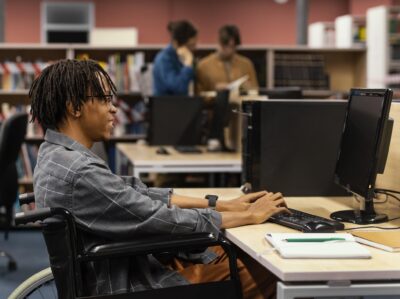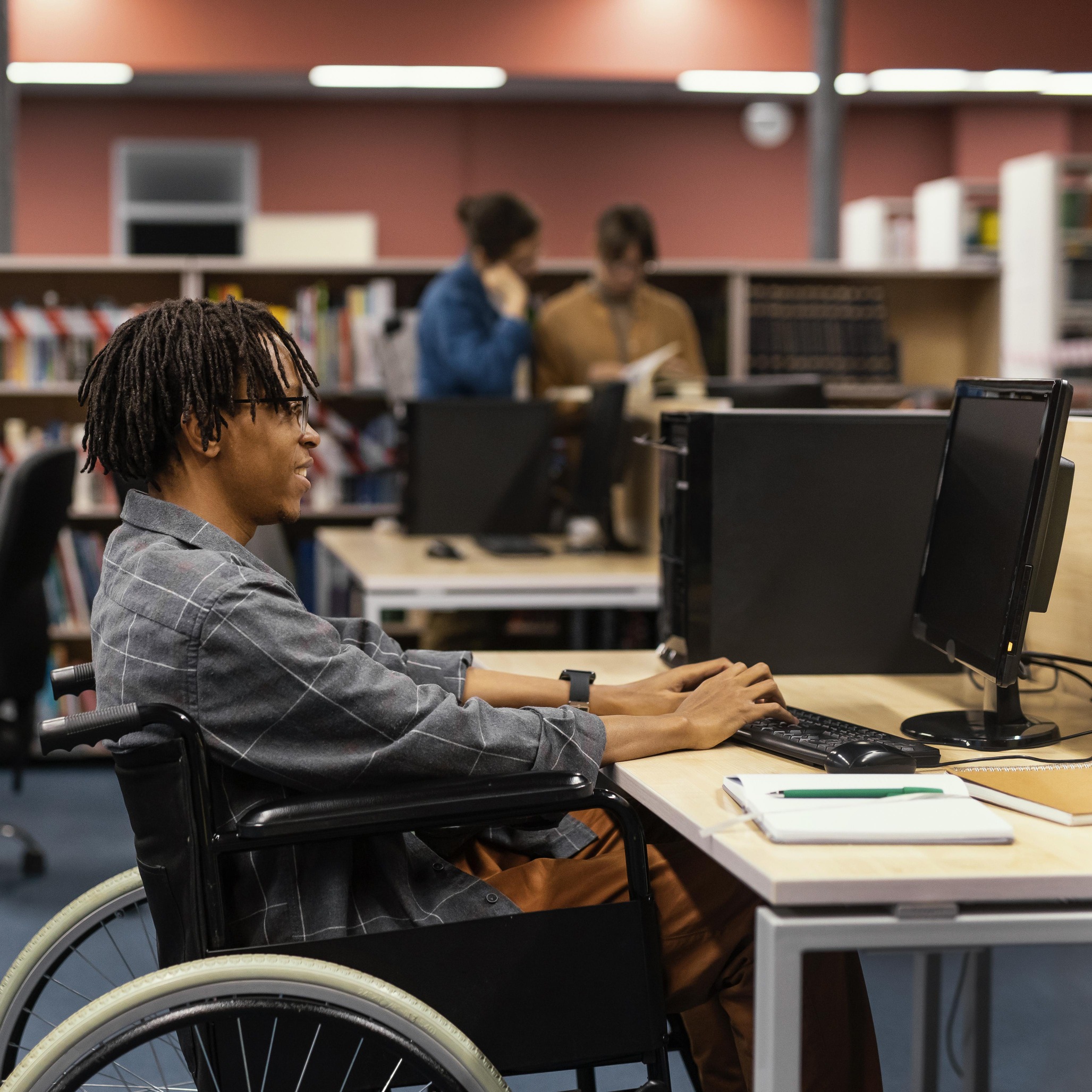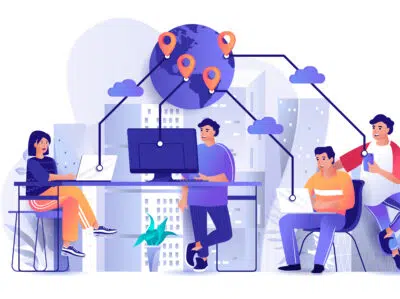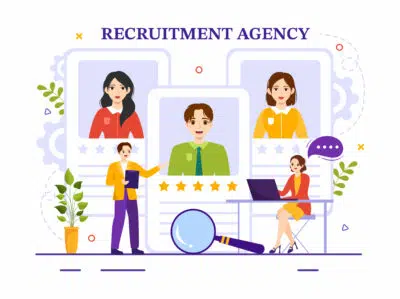Accessible workplace design: Creating an inclusive environment for all

Inclusive benefits: LGBTQIA+ employee benefits & policies
November 29, 2023
Are you truly inclusive?
November 29, 2023
Organisations often overlook the disability element while implementing diversity, equity and inclusion (DEI) initiatives. According to the WHO, around 1.3 billion people worldwide have a significant disability. People with disabilities (PWD) have to interact with an external environment designed for the average person. PWDs are the same as regular users of services and products but with special requirements. Organisations should not see disability inclusion as a CSR activity but as an opportunity to bring valued talent, leading to better outcomes. The first step to making an organisation a welcoming place for talent with disabilities would be to create an accessible workplace. Inclusivity and accessibility must be the core factors to be considered when designing workplace public spaces, buildings and digital interfaces.
Universal design is product, service or environment design that caters to the broadest range of needs and enables utilisation—irrespective of age, size or disability. Universal design is the foundation of good design. It integrates accessibility, usability and convenience into the regular design process instead of creating separate solutions for PWD. Workplaces constructed as per universal design principles are equitable, flexible and intuitive to access and use.
The universally designed workplace provides necessary information effectively to all, minimises hazards, can be used with nominal effort and is appropriate for approach by all—regardless of size, posture or ability. Universal design supports individual dignity, rights and privacy by enabling easy and independent navigation of spaces by people of all abilities. With higher life expectancies and ageing populations, features that support and promote independent working are the need of the hour.
Physical accessibility aims to eliminate barriers, gaps or challenges in using facilities, equipment or services. Wheelchair usage and access for limited mobility are enabled by installing ramps and elevators, wider doorways and pathways, adjustable desks and chairs and easy-reach switches or voice-activated controls at suitable heights. Companies must build restrooms with features like wheelchair access, grab bars, low-height sinks and wider stalls.
People with hearing and visual impairments need sensory accessibility features incorporated into workplaces. Tactile indicators, well-designed signage, proper lighting and contrasting colours facilitate movement within the work area for visually impaired employees. Campus directory apps with audible turn-by-turn directions allow visually challenged staff to navigate and reach their destination independently. Captioned videos, real-time subtitles and sign language interpretation will prove invaluable to people with hearing issues.
Digital accessibility features are vital enablers that level the field for PWD. With the help of accessibility settings, users can interact with website and app content as per their requirements. Screen reader assistance, transcripts, colour contrast options and alternative text for images allow users with impairments to contribute fully to their roles. Speech-controlled and speech-to-text conversion tools are invaluable for users with disabilities that prevent mouse or keyboard usage. Websites designed according to web content accessibility guidelines (WCAG) also benefit neurodivergent individuals.

Neurodivergent employees have different needs and preferences that might make regular working environments challenging. Employers can make workplaces more accommodating for neurodiversity by providing noise-cancelling headphones or a quiet work area to reduce sensory overload and distractions. Written instructions and visual aids help with information processing. Custom chairs, weighted blankets, fidget toys and adjustments in light and temperature support sensory issues. Extra breaks in quieter, low-stimulus areas can help while handling demanding tasks. Allowing alternative communication channels like email or instant messaging alleviates the anxiety of face-to-face meetings.
The design of inclusive workplaces requires active engagement with disabled individuals. Testing the premises with people with diverse disabilities is necessary to gain insights that ensure the various interfaces are comfortably usable. A collaborative endeavour will create a workplace that fulfils universal design principles and ends disability exclusion.
References: who.int,linkedin.com,universaldesign.ie


